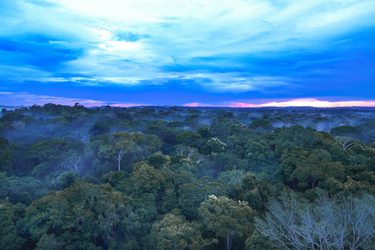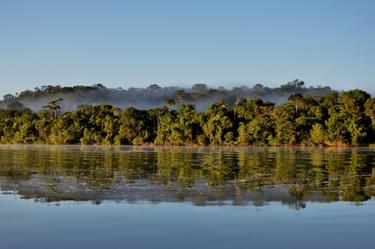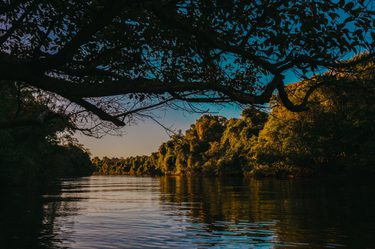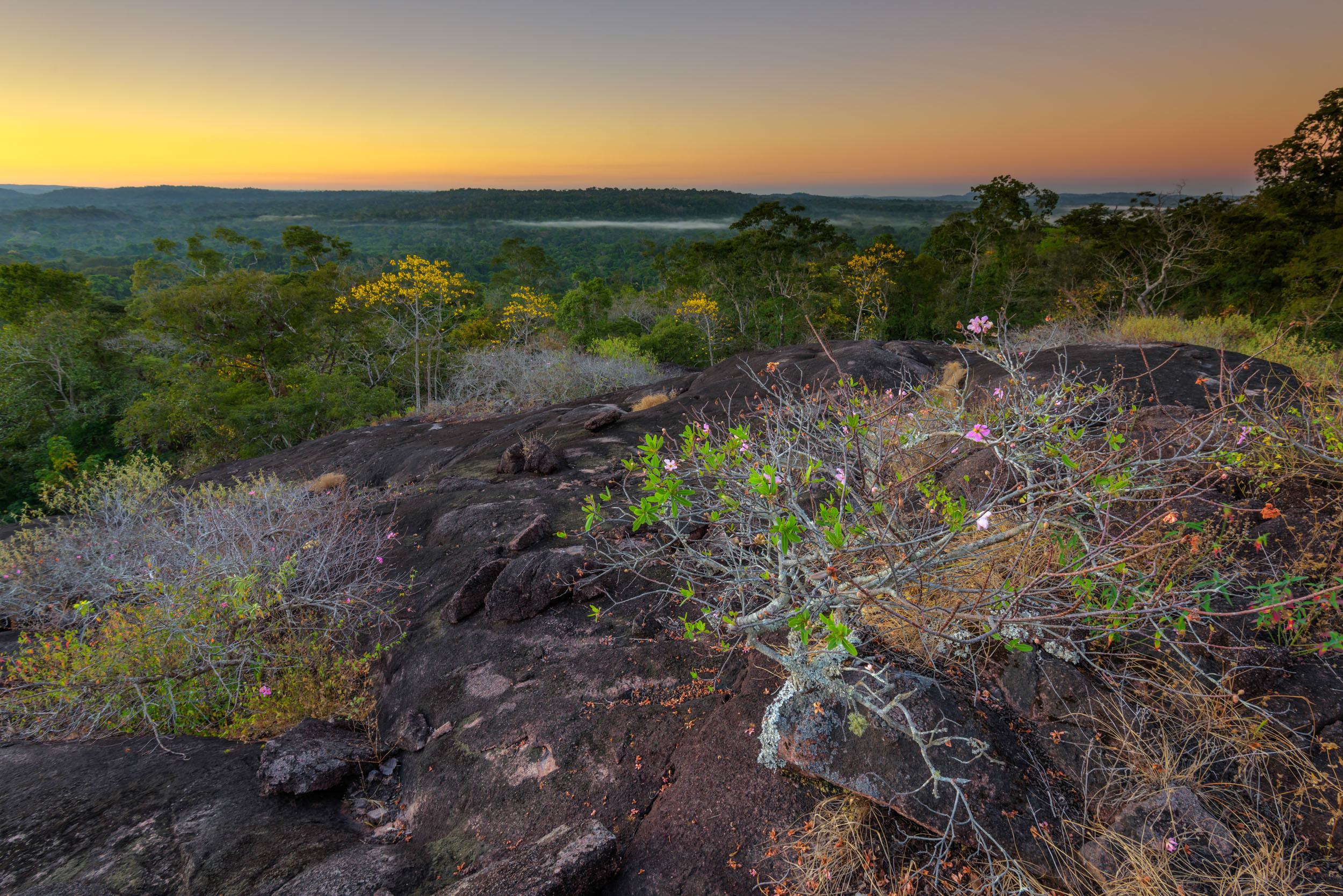





A floristic survey of the Cristalino area was carried out between 2008 and 2010 by the Cristalino Foundation, in partnership with the Royal Botanic Gardens, Kew, in the UK, the University of São Paulo (USP) and the Mato Grosso State University (UNEMAT). This was the first study of the flora in northern Mato Grosso ever to be conducted. A total of 1,361 plant species were registered and eight different types of vegetation were described during this period, six of which are found within the Cristalino private reserve. Five of the species were new to science. The survey gave rise to a number of books and booklets, as well as the first herbarium to be set up on the UNEMAT campus.

The Deciduous forest loses its foliage for part of the year, and is one of the six types of vegetation found in the Cristalino reserves.
Each type of vegetation has plants typically associated with those soil, altitude and temperature. And these, in turn, are related to the kinds of birds, mammals, insects and other life-forms that typically dwell there, creating micro-ecosystems. For example, certain species of birds sometimes inhabit a specific area where food and shelter unique to that area is to be found, such as the Campinarana and the Deciduous forest.
